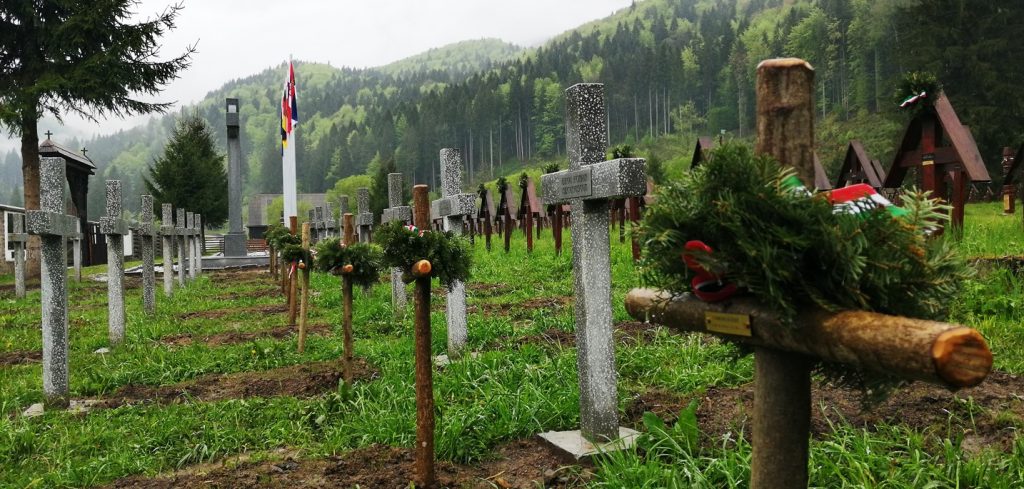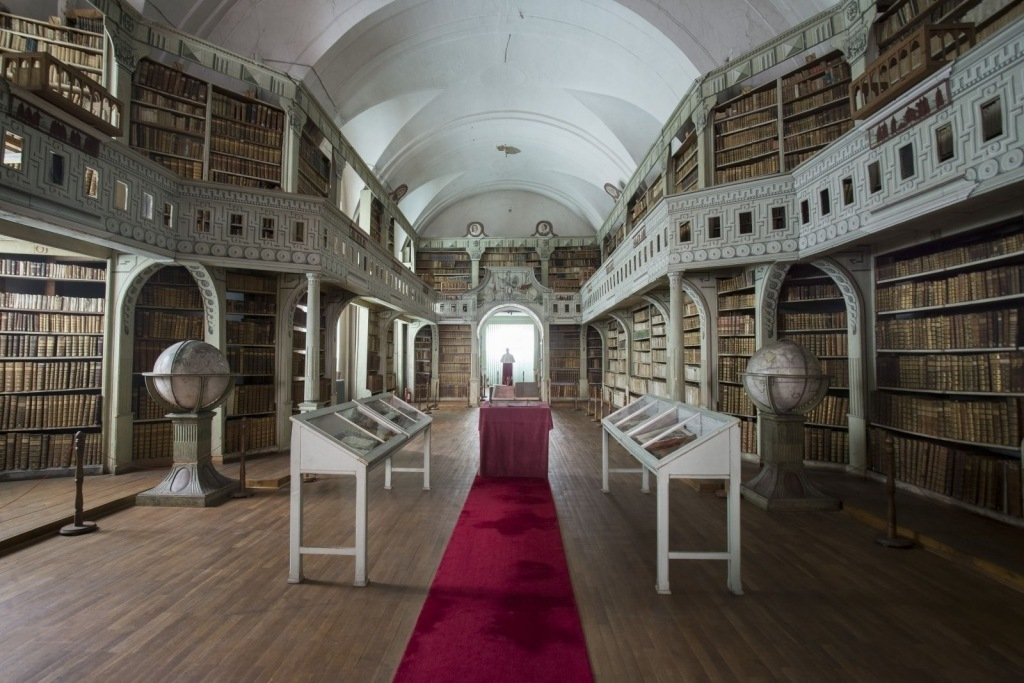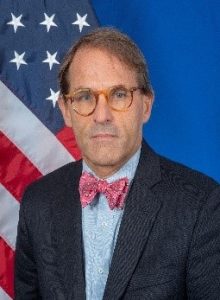The US State Department, the federal department responsible for carrying out the foreign policy of the United States, published a 22-page report on religious freedom in Romania, in, which among others, the Úz Valley incident is mentioned.

The document reports that the recently built Orthodox-style monuments honoring Romanian soldiers were placed on top of the graves of predominantly Catholic Hungarian soldiers in the Úz Valley cemetery; it also discusses the slow pace of the restitution process for confiscated properties and the rejected restitution claims on buildings previously owned by the Roman Catholic, the Reformed, and the Evangelical Lutheran Churches. One example is the Batthyáneum Library and astronomical institute in Gyulafehérvár/Alba Iulia, which was founded in 1798 by the ethnic Hungarian Roman Catholic Bishop of Transylvania, Ignác Batthyány. The library’s 60,000 volumes include 927 codexes and old manuscripts as well as 565 incunabulums of great value. The library is also known for its valuable Bible collection – some 600 editions of the Bible can be found there.

When we are talking about the slow restitution process for the abovementioned churches, it is essential to know that virtually all members of the Protestant Reformed and Unitarian Churches of Transylvania are ethnic Hungarians and more than half of the Roman Catholic and Evangelical Lutheran Churches in Transylvania are also composed of ethnic Hungarians.
RMDSZ is pleased by the State Department’s report
The Democratic Alliance of Hungarians in Romania (known by its Hungarian acronym of RMDSZ) is pleased to see that the United States is paying close attention to the Úz Valley cemetery incident. The Alliance is worried about the lack of improvement in suppressing hate speech and overcoming intolerance in the case of the relationship between the majority and minority social groups and between the different denominations, emphasized RMDSZ President Hunor Kelemen to maszol.ro after the publication of the report.
A few weeks earlier, Kelemen also claimed that ethnic Hungarians living in Transylvania were being portrayed as the enemy by the Romanian president Klaus Iohannis: “This is the real danger, when the President portrays ethnic Hungarians in Romania as the enemy and the Hungarian language as the language of the enemy,” he said at the end of May.

Back to the Úz Valley incident. Last year RMDSZ raised its voice at numerous international forums about the cemetery abuse. Hunor Kelemen, for example, personally informed Matthew G. Boyse, Deputy Assistant Secretary of the US State Department overseeing policy toward Central Eastern European Countries and also the Office of the Special Envoy for Holocaust Issues, by showing him photos and video footage of the vandalism that had taken place in the Úz Valley military cemetery on the June 6 of last year.
“The cooperation between the representatives of the military grave maintenance offices of Romania and Hungary must be continued. We hope that such a solution will be found that can properly solve the issue with the cemetery,” said Hunor Kelemen.
Title image: Romanian crowd breaking into the WWI Austro-Hungarian military graveyard in Úz Valley, Transylvania on June 6, 2019. (MTI/Nándor Veres) + US State Department logo.